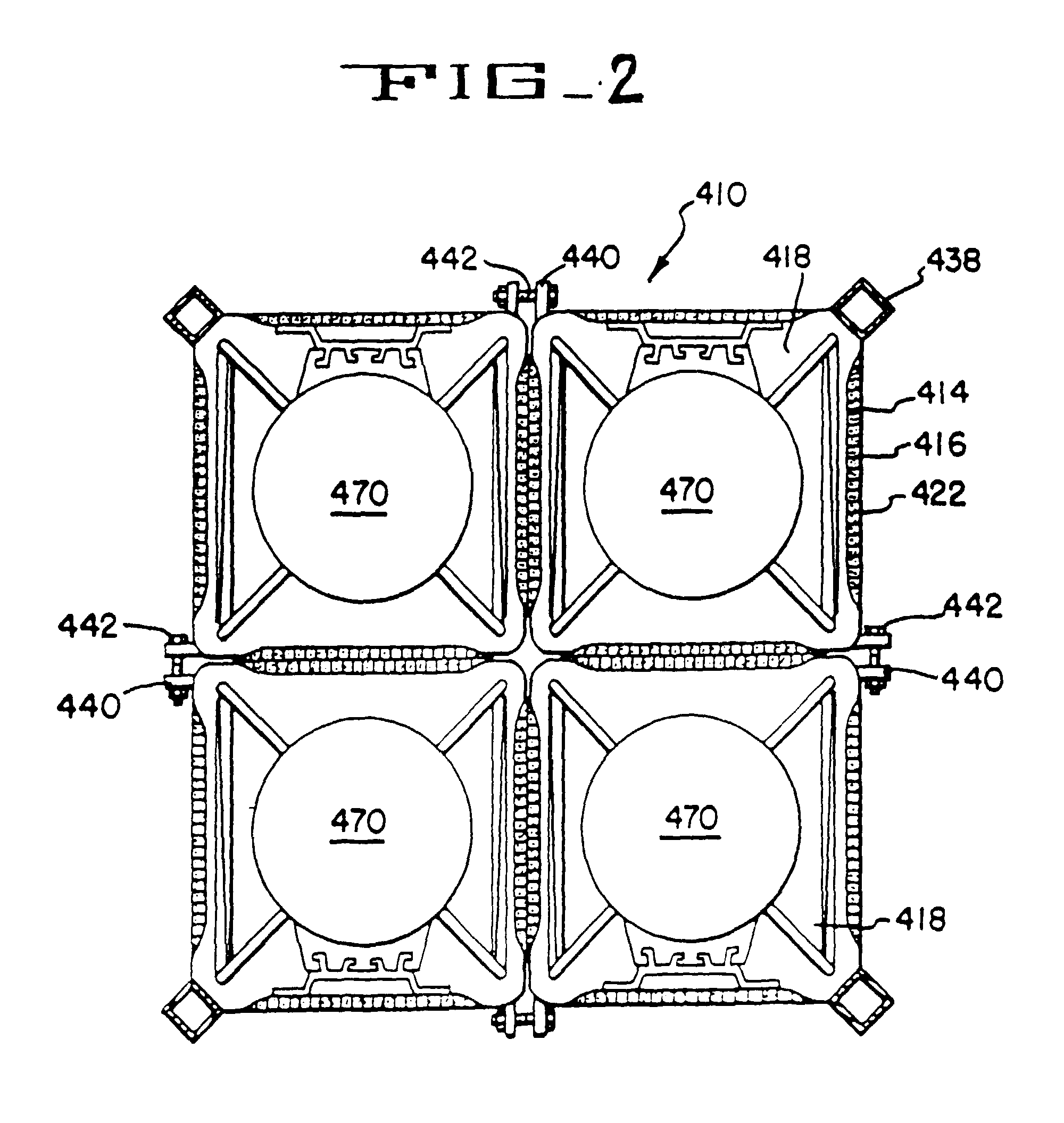Manticore
RETIRED MOD

- Joined
- Jan 18, 2009
- Messages
- 10,115
- Reaction score
- 114
- Country
- Location






Rawalpindi - February 11, 2013:
Pakistan today conducted a successful test fire of Short Range Surface to Surface Missile Hatf IX (NASR). The test fire was conducted with successive launches of two missiles from a state of the art multi tube launcher. NASR, with a range of 60 km, and inflight maneuver capability can carry nuclear warheads of appropriate yield, with high accuracy. This quick response system, which can fire a four Missile* Salvo* ensures deterrence against threats in view of evolving scenarios. Additionally NASR has been specially designed to defeat all known Anti Tactical Missile Defence Systems.
RAWALPINDI: Pakistan on Tuesday successfully conducted the test fire of indigenously developed Short Range Surface to Surface Multi Tube Missile Hatf IX (NASR).
NASR, with a range of 60 km, can carry nuclear warheads of appropriate yield, with high accuracy, and possesses shoot & scoot attributes. This quick response system addresses the need to deter evolving threats, especially at shorter ranges.
The test was witnessed by Director General Strategic Plans Division Lieutenant General Khalid Ahmed Kidwai (R), Chairman NESCOM Mr Irfan Burney, Commander Army Strategic Forces Command, Lieutenant General Tariq Nadeem Gilani, Senior Officers from the Strategic forces and scientists and engineers of strategic organizations.
The Director General Strategic Plans Division, Lieutenant General Khalid Ahmed Kidwai (R), terming the NASR Missile as a weapon of peace, said that the test was a major development which will consolidate Pakistan’s deterrence capability at all levels of the threat spectrum, thereby ensuring peace in the region.
http://www.thenews.com.pk/article-51543-Pakistan-test-fires-Hatf-IX-(NASR)-
Islamabad: Pakistan on Monday successfully tested the nuclear-capable Hatf-IX tactical missile with a range of 60 km, designed to defeat all known anti-tactical missile defence systems.
The test consisted of “successive launches of two missiles from a state-of-the-art multi-tube launcher”, the military said in a statement describing the test of the short range surface-to-surface missile as successful. The Hatf-IX or Nasr, which has “inflight manoeuver capability”, can carry “nuclear warheads of appropriate yield with high accuracy”.
“This quick response system, which can fire a four missile salvo, ensures deterrence against threats in view of evolving scenarios. Additionally, Nasr has been specially designed to defeat all known anti-tactical missile defence systems,” the statement said.
The test was witnessed by joint chiefs of staff committee chairman General Khalid Shameem Wynne, Strategic Plans Division chief Lt Gen (retired) Khalid Ahmed Kidwai, Army Strategic Forces Command chief Lieutenant General Triq Nadeem Gilani, senior officers from the armed forces and scientists and engineers of strategic organisations.
The statement did not say where the test was conducted. Addressing scientists and military officers of strategic organisations, Wynne congratulated them for a high standard of proficiency in operating the Nasr weapon system.
He said the armed forces were “fully capable of safeguarding Pakistan’s security against all kinds of aggression”. The successful test was appreciated by the President and Prime Minister, who congratulated the scientists and engineers. The first test of the Hatf-IX was conducted in April 2011.
At that time, experts and analysts said the short-range nuclear-capable missile was primarily aimed at deterring India’s Cold Start military doctrine, which envisages quick thrusts by small integrated battle groups in the event of hostilities.
Experts said the Hatf-IX would be deployed with a mobile multi-barrel launch system that has “shoot and scoot attributes”, or the ability to fire at a target and immediately relocate to another position to avoid enemy counter-fire.
http://www.livemint.com/Politics/ro...tan-testfires-Hatf1X-missile.html?facet=print












